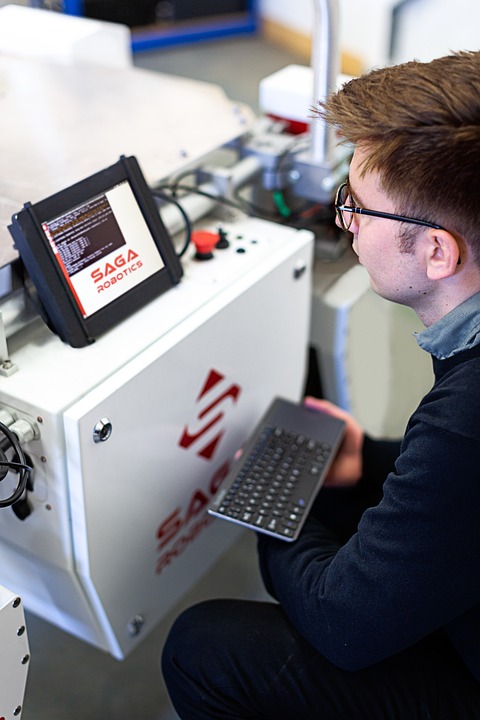In the ever-evolving landscape of web development, many front-end developers are facing a pivotal transition from traditional monolithic architectures to a decoupled approach. The growing popularity of JAMstack (JavaScript, APIs, Markup) signifies this shift, offering a modern way to build robust, scalable web applications. In this blog post, we’ll delve into the architecture of JAMstack, the myriad benefits of decoupling, and how tools like Netlify and Vercel can streamline the development process.
Understanding JAMstack Architecture
At its core, JAMstack is a web development architecture that separates the front-end and back-end layers, enabling developers to deliver better performance and enhanced user experiences. The foundational components of JAMstack include:
-
JavaScript: The backbone of dynamic functionality, enabling interactivity and enhancing user experience. Front-end frameworks like React, Vue.js, and Angular have become integral to this layer.
-
APIs: These are reusable services that manage and streamline interactions between different components of the application. This can include CMS, authentication, or third-party services, allowing developers to pull in data as needed.
- Markup: Pre-built, static markup generated during the build process can be served quickly to users, improving load times and SEO.
This structured approach allows developers to create highly modular sites where updates can occur without affecting the entire application, leading to a more seamless development experience.
The Benefits of Decoupling
The transition from monolithic to decoupled architecture can seem daunting, but the advantages are numerous:
1. Improved Performance: By serving static content and utilizing CDNs (Content Delivery Networks), JAMstack sites load significantly faster than traditional monolithic sites.
2. Enhanced Security: Decoupling minimizes vulnerabilities. With fewer moving parts, there’s a reduced attack surface. Server-side code and databases aren’t directly exposed.
3. Scalability: As applications grow, JAMstack’s architecture allows teams to scale their applications efficiently. Static assets can easily be distributed across CDs, while APIs can handle increased traffic without requiring changes to the front-end.
4. Developer Experience: Working within a JAMstack architecture promotes a more flexible, component-driven development process. Front-end developers can focus on UI/UX and functionality without worrying about the complexities of back-end workflows.
5. Better Workflow: With modern build tools and CI/CD (Continuous Integration and Continuous Deployment) pipelines, development becomes more streamlined and collaborative.
Popular Tools for Modern Web Apps
As developers embrace the JAMstack approach, several tools have emerged as favorites for building, deploying, and scaling modern web applications:
Netlify
Netlify is a powerful hosting platform designed for front-end developers. It simplifies the deployment process with features like:
- Continuous Deployment: Connect your repository (GitHub, GitLab, Bitbucket), and Netlify will automatically build and deploy changes.
- Serverless Functions: Easily integrate server-side functionality without managing servers.
- Personalized APIs: Create version-controlled, deployable APIs that can scale as needed.
- Form Handling & Identity Management: Simplify backend functionality through built-in features.
With its user-friendly interface and robust features, Netlify empowers developers to focus on building great applications without getting bogged down by deployment intricacies.
Vercel
Vercel is another leading platform that champions front-end developer experiences. Its strengths include:
- Instant Global Deployment: Vercel automatically optimizes and serves your site from the closest edge location.
- Integrated Serverless Functions: Vercel integrates serverless functions directly into your applications, allowing for a smooth transition from static to dynamic functionality.
- Preview Deployments: Review and test changes in live previews before going public, enabling better collaboration with your team and stakeholders.
- Advanced Caching: With smart caching strategies, Vercel ensures optimal performance for your application without complex configurations.
Both Netlify and Vercel have contributed significantly to the JAMstack ecosystem, offering the tools necessary for developers to create modern web applications with ease.
Conclusion
Transitioning from a monolithic architecture to a decoupled one using JAMstack can revolutionize your development process. With clear advantages in performance, security, scalability, and overall workflow, it’s no surprise that more developers are making the switch. By utilizing powerful tools like Netlify and Vercel, front-end developers can streamline their processes and focus on delivering exceptional user experiences. Embrace the future of web development with JAMstack, and watch your projects thrive!



